In the early 1900s, the sight of a battleship anchored in the Hudson River was a powerful symbol of America’s growing industrial and military might. New York City, with its deep natural harbor and major naval shipyard, was a frequent host to the U.S. Navy’s proudest vessels. The arrival of the fleet was a major public event, transforming the waterfront into a scene of patriotic celebration and drawing hundreds of thousands of New Yorkers to the river’s edge.
The warships seen in this era were undergoing a dramatic evolution. The first part of the decade was dominated by “pre-dreadnought” battleships. These were heavy steel vessels, painted a stark white with buff-colored upper works, featuring a mix of large and smaller caliber guns. After 1906, a new and much more powerful type of warship began to appear: the “dreadnought” battleship. These ships, like the USS Delaware and USS North Dakota, were larger, faster, and featured a uniform main battery of massive, all-big-guns, making all previous battleships obsolete overnight.
The most common reason for these ships to be in New York was for a grand naval review. For these events, dozens of battleships, cruisers, and destroyers belonging to the Atlantic Fleet would sail into the harbor and anchor in long, precise lines stretching for miles up the Hudson River, often from the Statue of Liberty to the area off Grant’s Tomb. A major naval review in October 1912, for example, brought together over 120 warships, creating the largest concentration of naval power the city had ever seen. The President of the United States would often review the fleet from the presidential yacht, sailing slowly past the great steel hulls as their crews stood at attention on deck.
Read more
These fleet visits were an opportunity for the public to connect with the Navy. The warships would open for public visitation, and thousands of civilians would take ferries and small launches out to the anchored battleships. Families would climb aboard, walking the clean-scrubbed decks and marveling at the size of the enormous gun turrets. Sailors would act as tour guides, explaining the workings of the ship to the curious visitors.
The celebrations continued ashore. Parades of sailors would march through the streets of Manhattan, and the city would host lavish dinners and receptions for the fleet’s officers. A highlight of any naval review was the fleet illumination at night. On a signal, every ship in the long line would switch on thousands of electric lights, outlining its hull, superstructure, and masts in a brilliant display that could be seen for miles.
The Brooklyn Navy Yard was the industrial heart of the city’s naval activity. It was one of the nation’s premier shipbuilding and repair facilities. Throughout this period, the yard was a scene of constant construction. The slipways and drydocks were busy building new battleships that would join the fleet, including the USS Connecticut and later dreadnoughts like the USS New York and USS Arizona. The sight of a new battleship being launched from the yard into the East River was another major public spectacle.


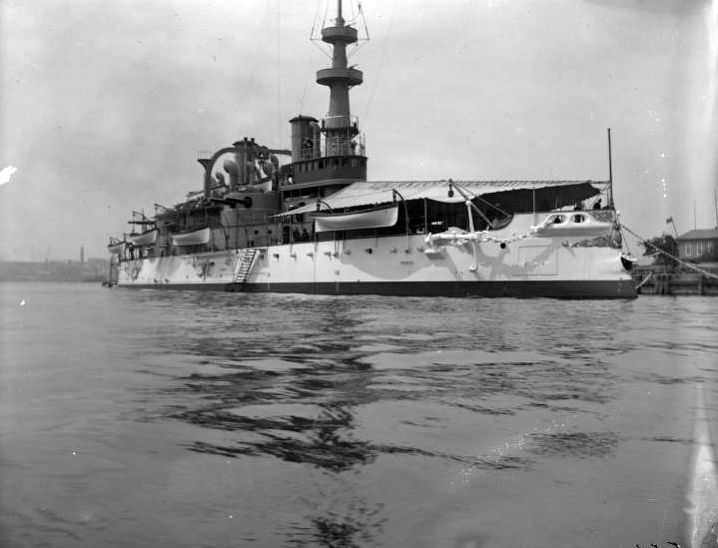
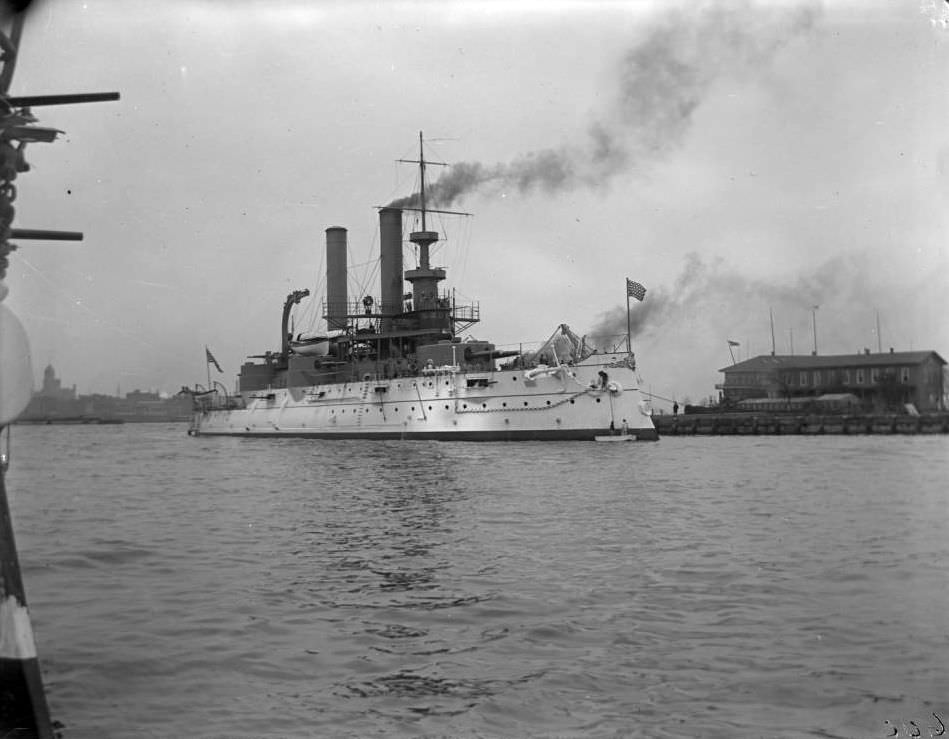
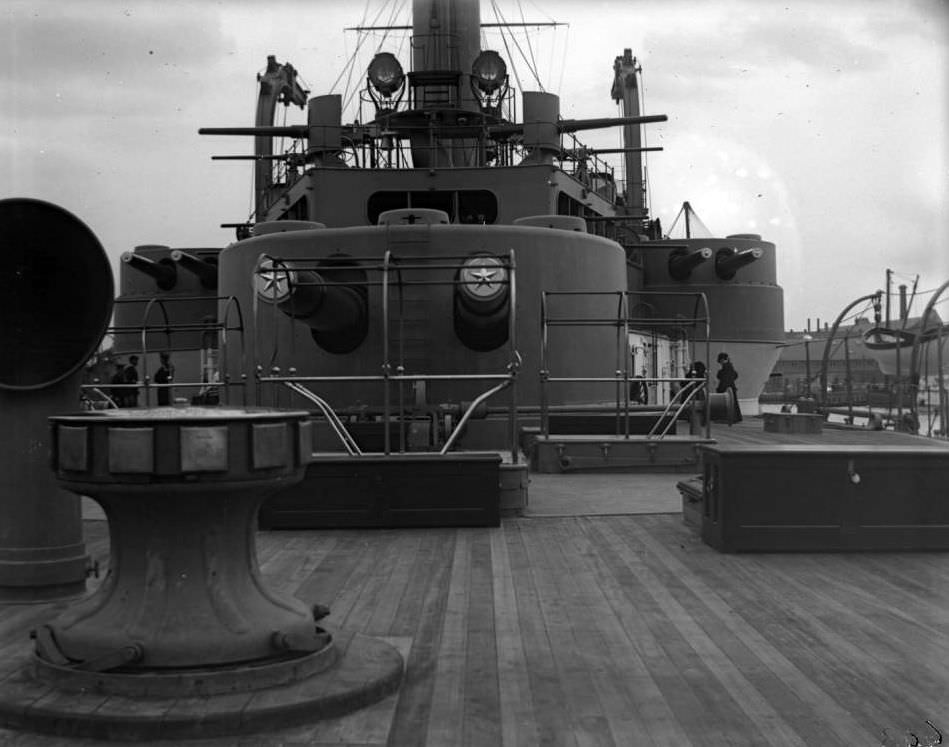
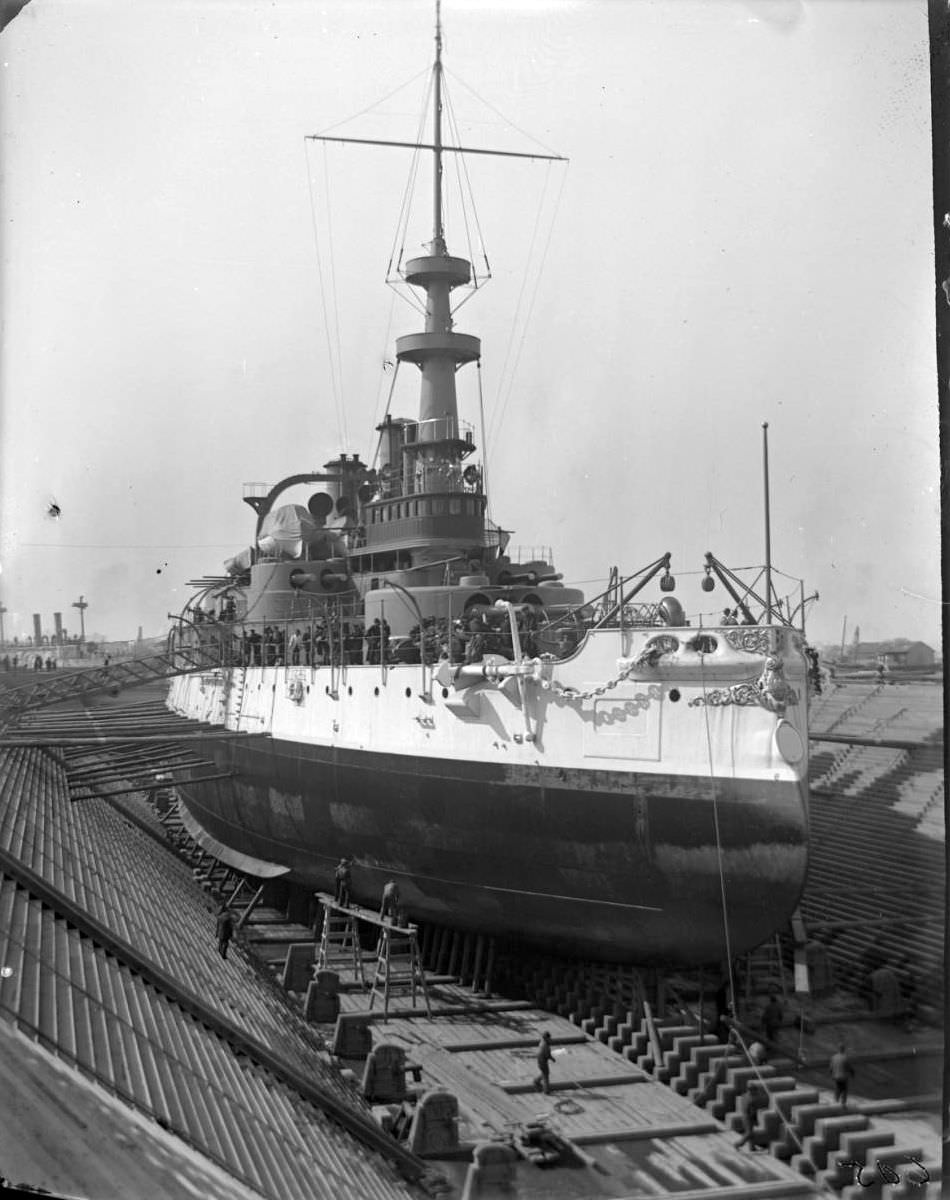
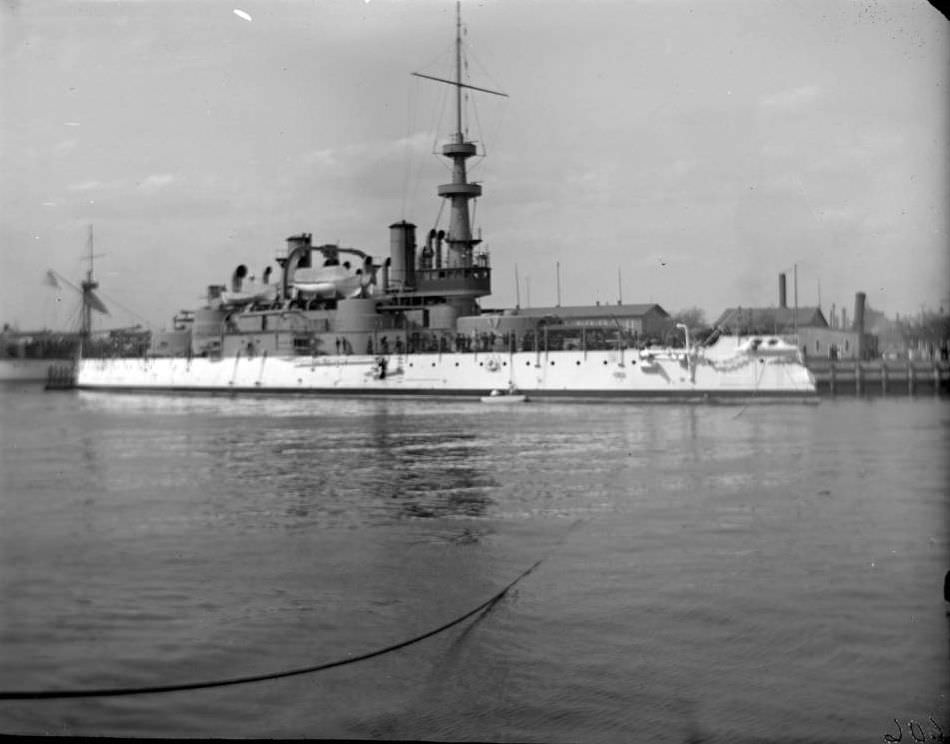
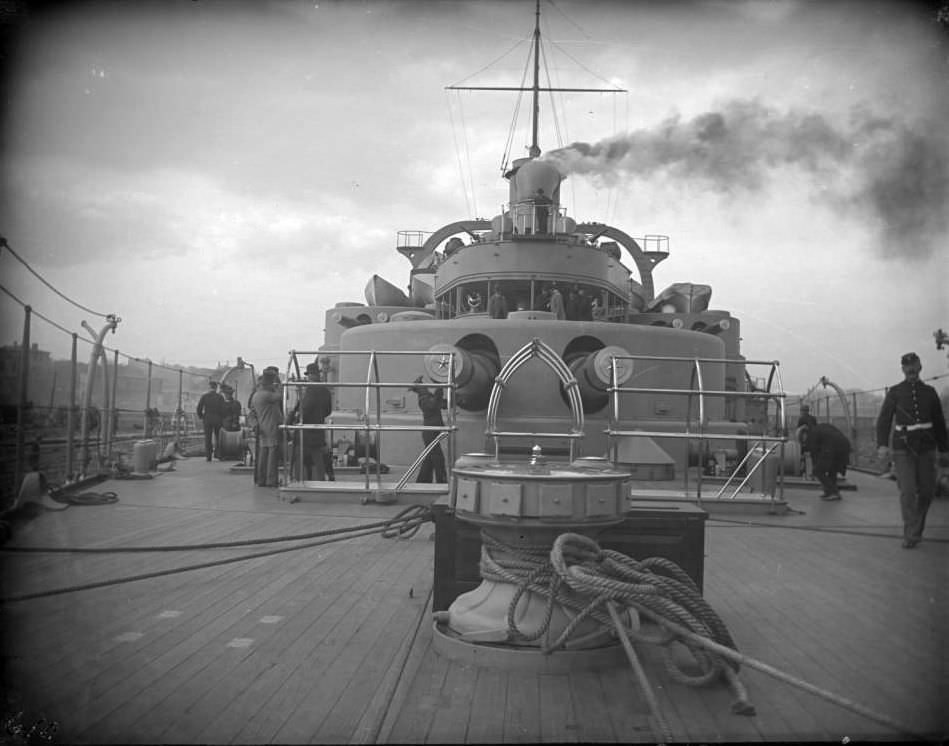
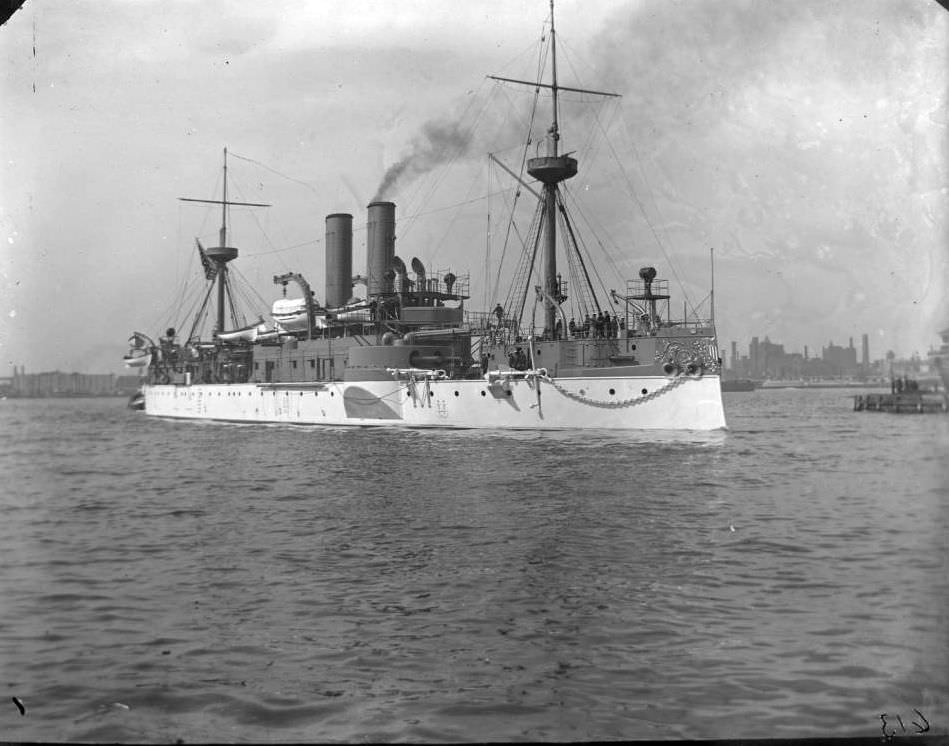
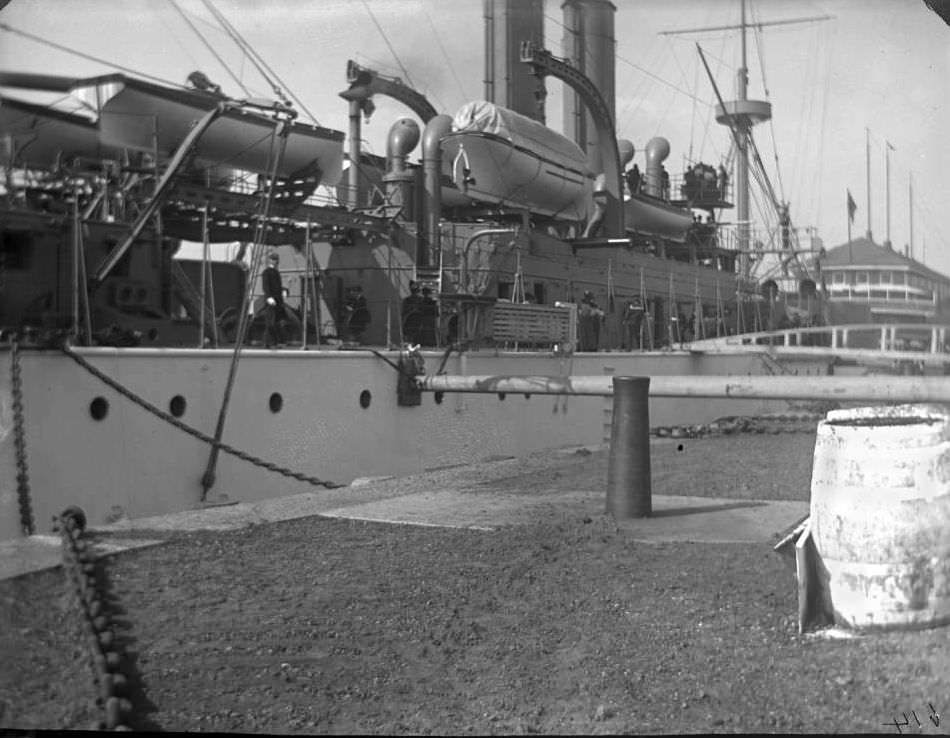
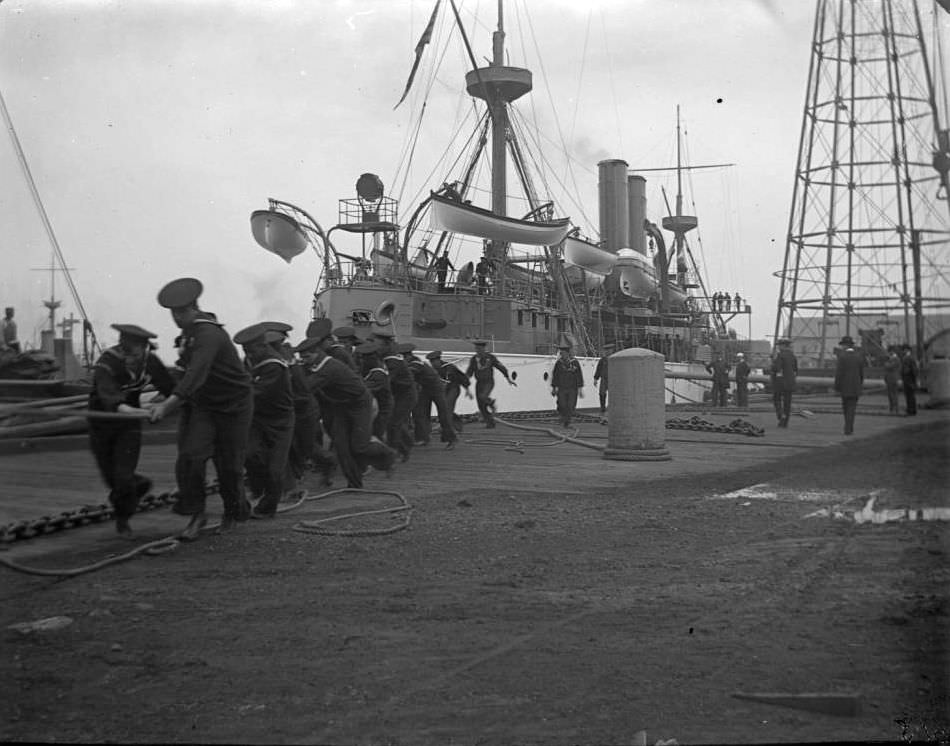
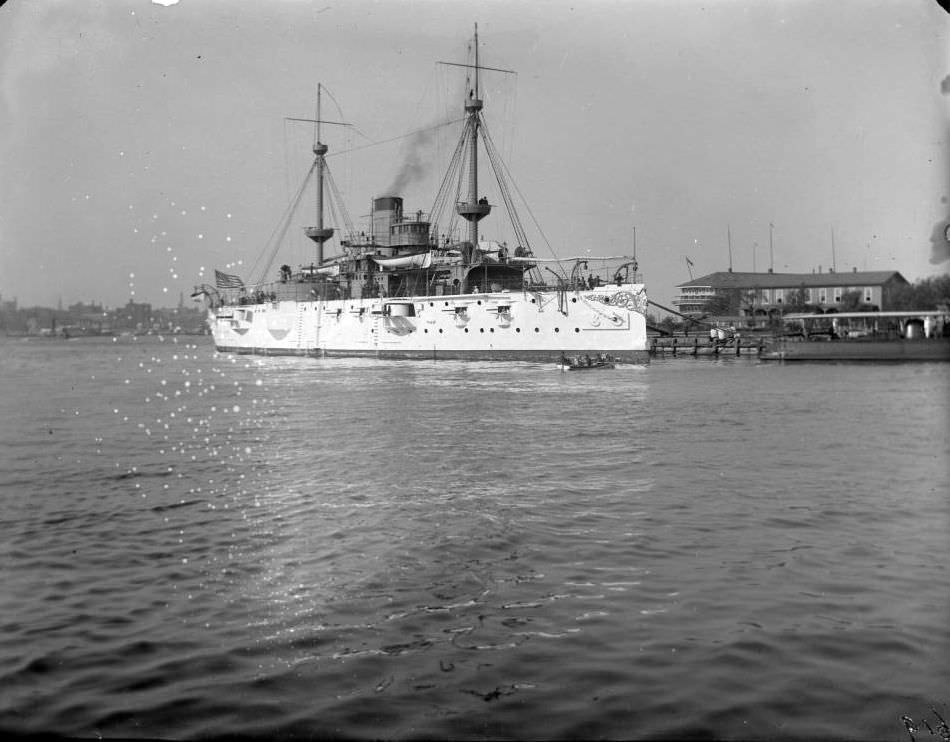
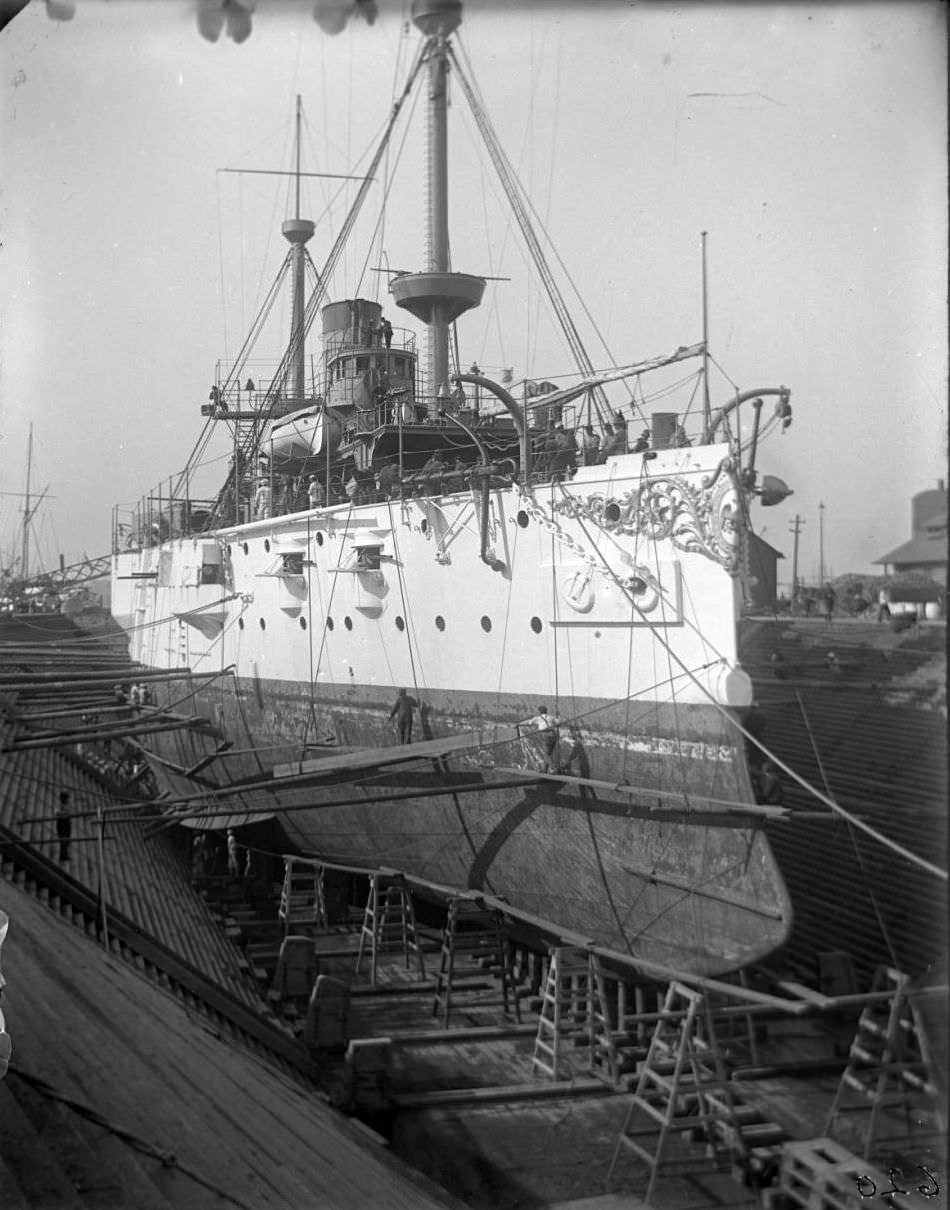
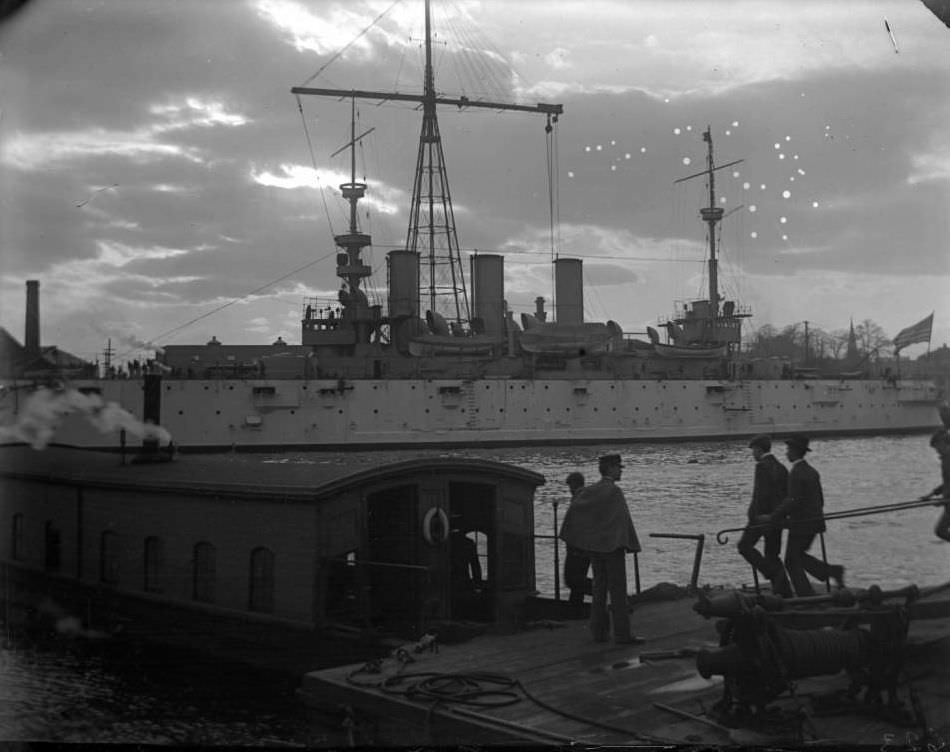
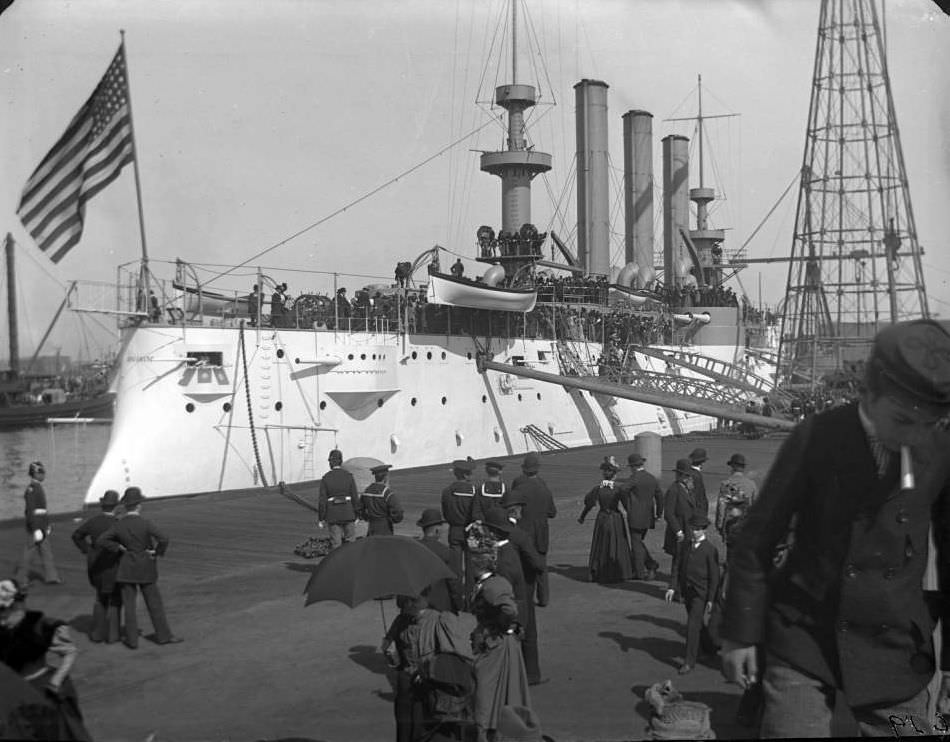
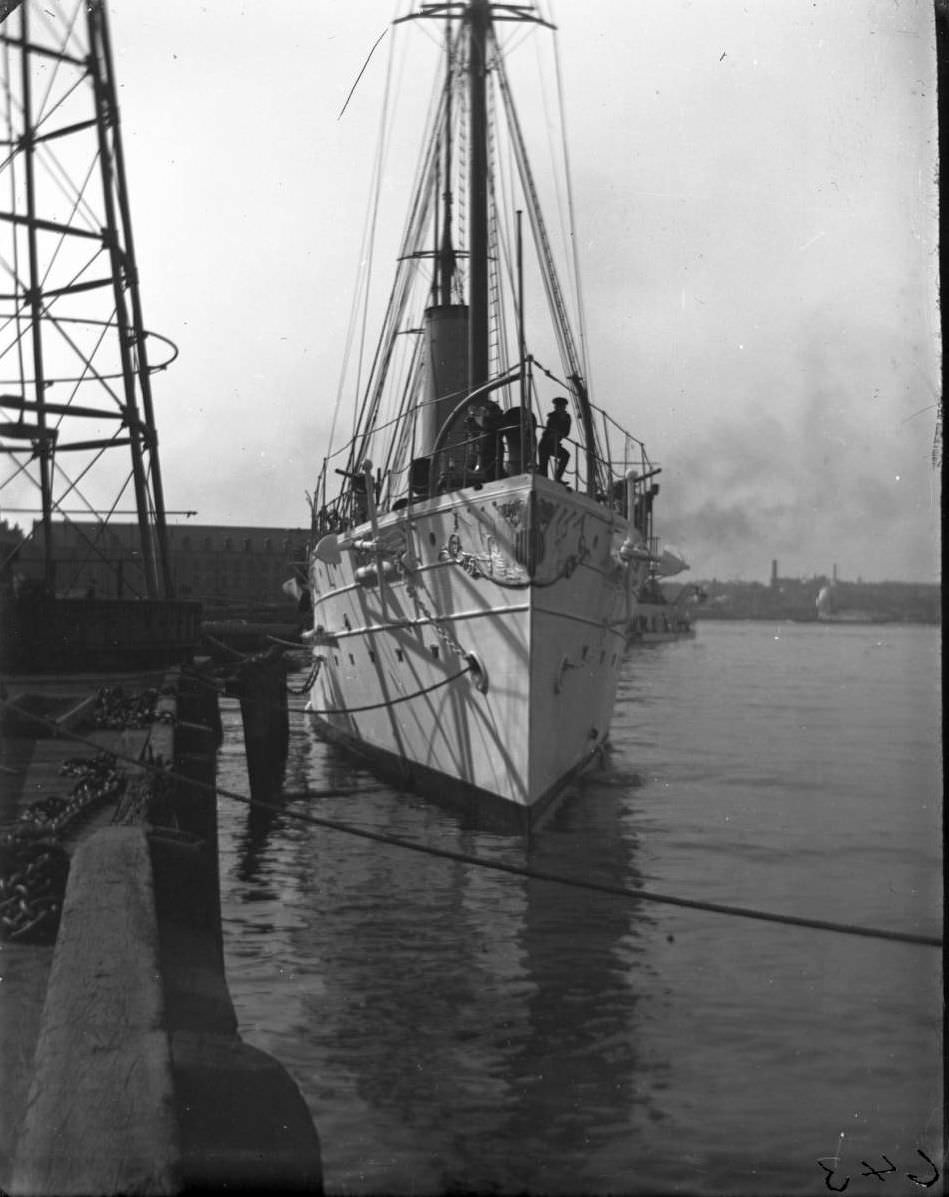
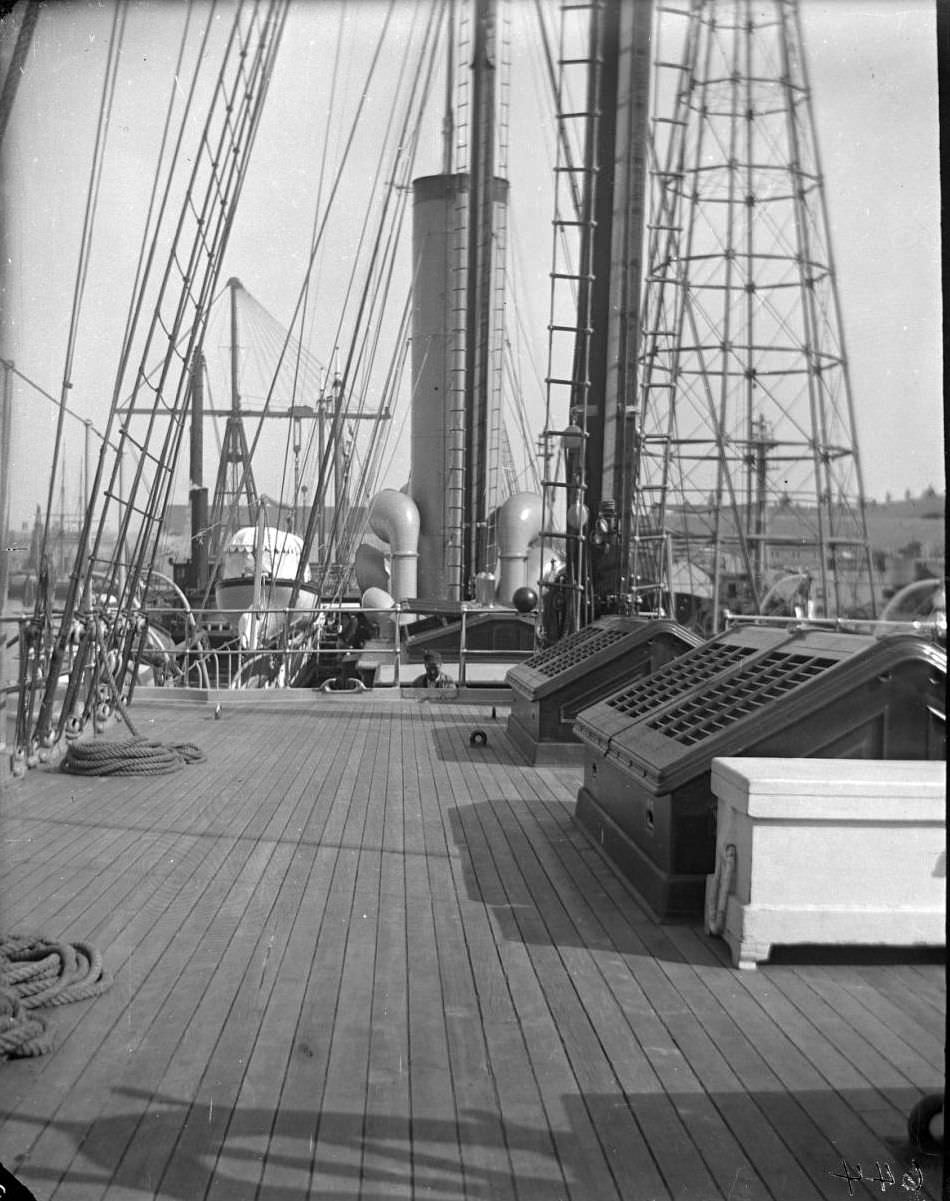
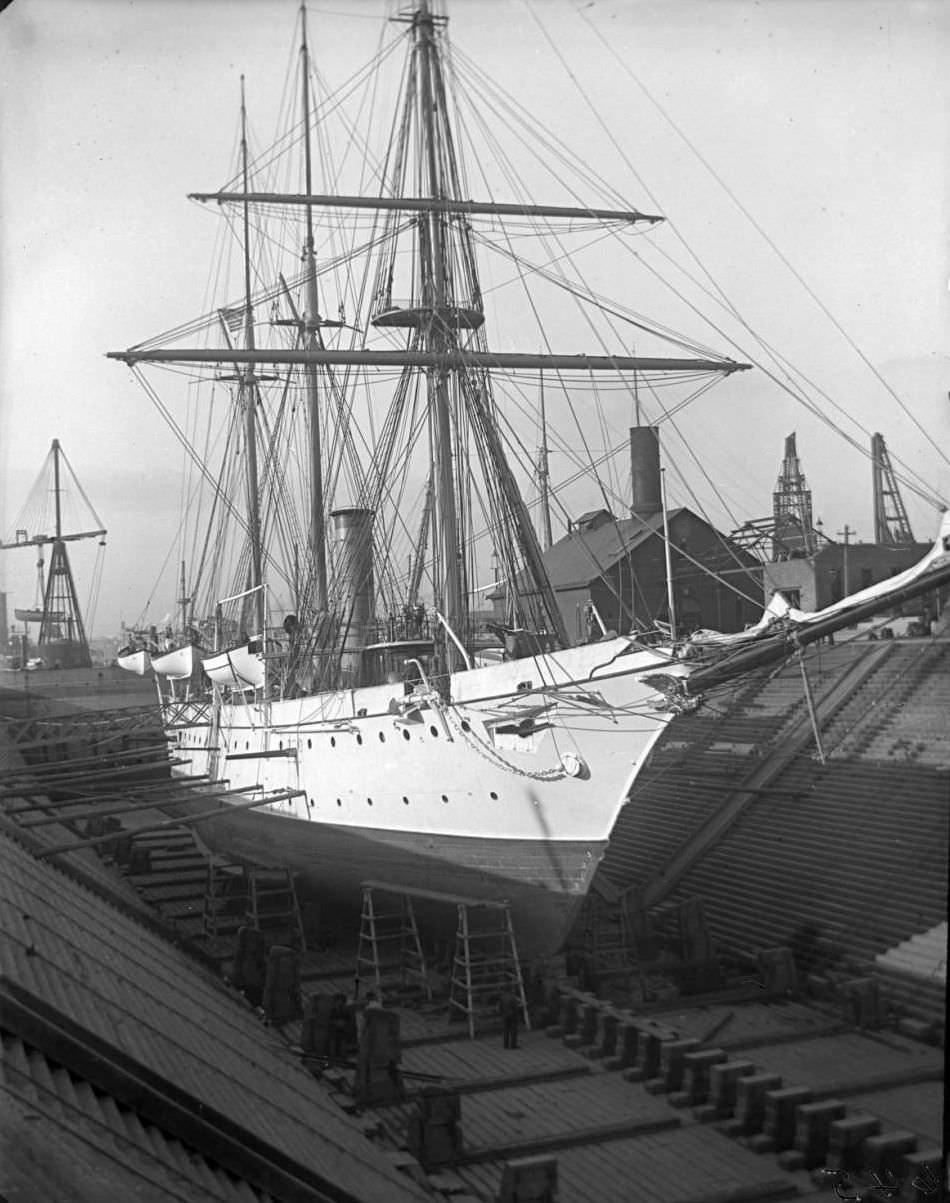
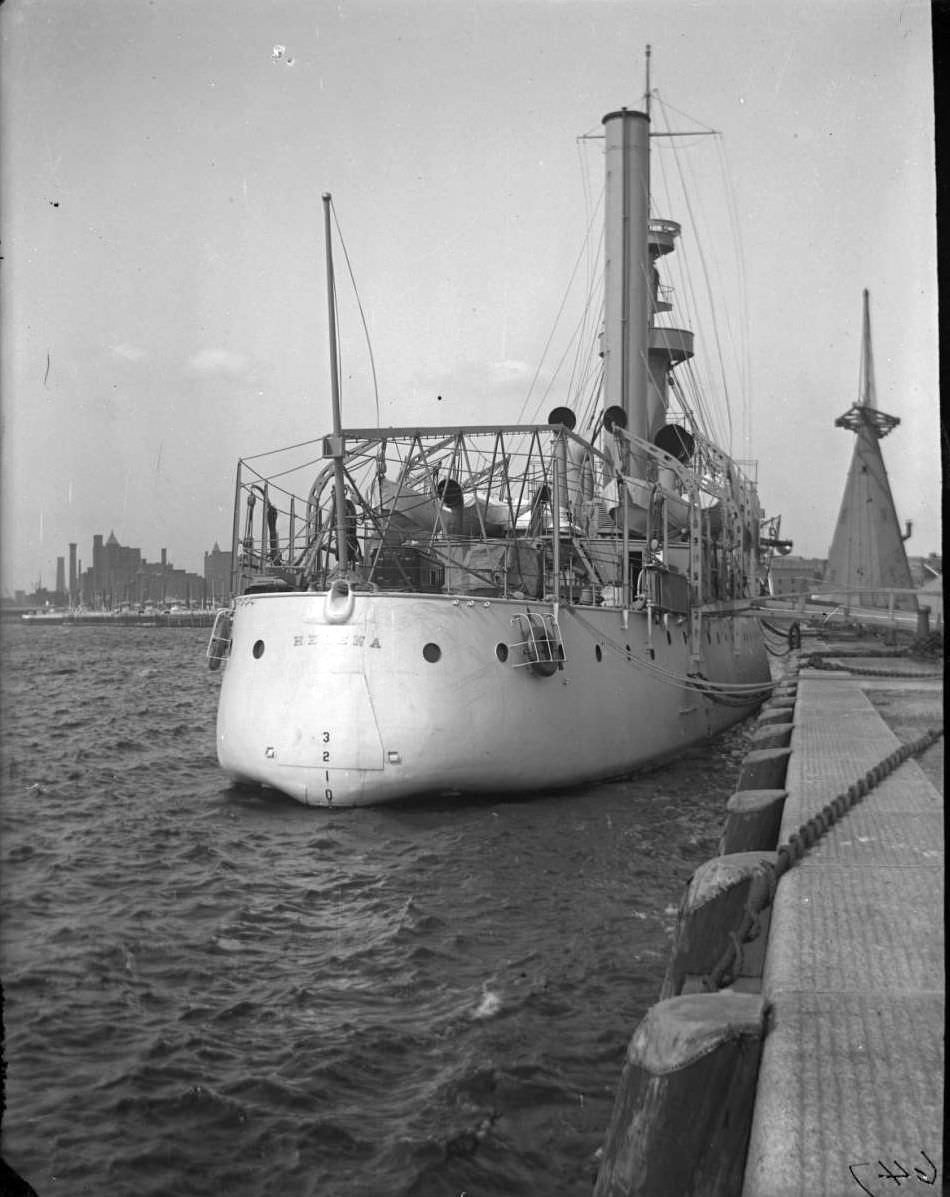
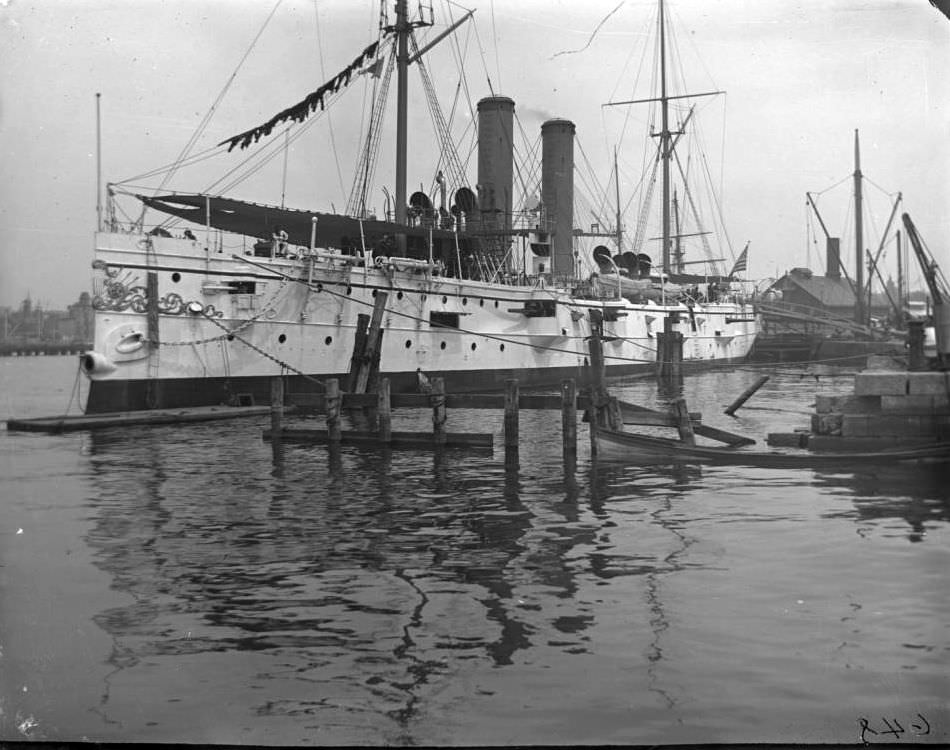
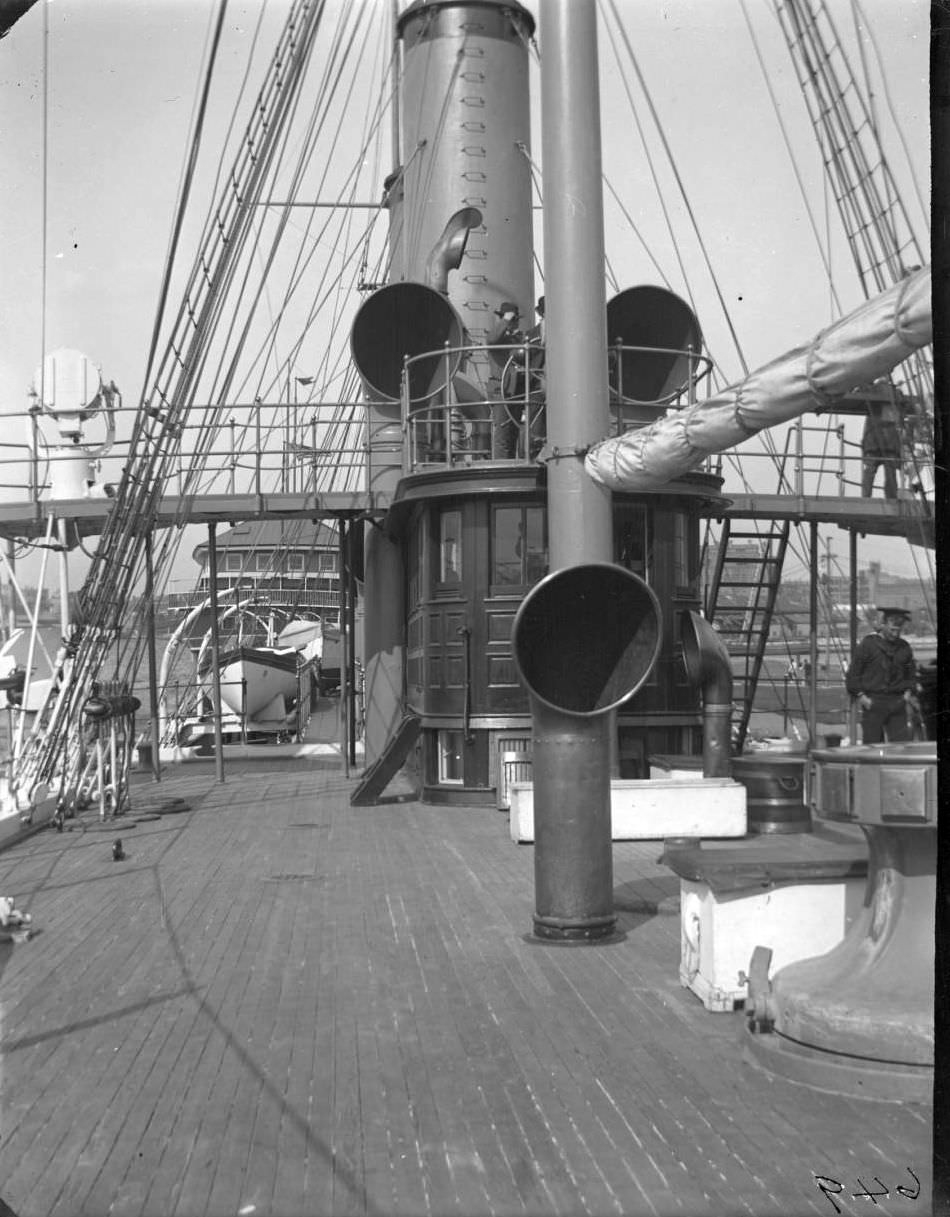
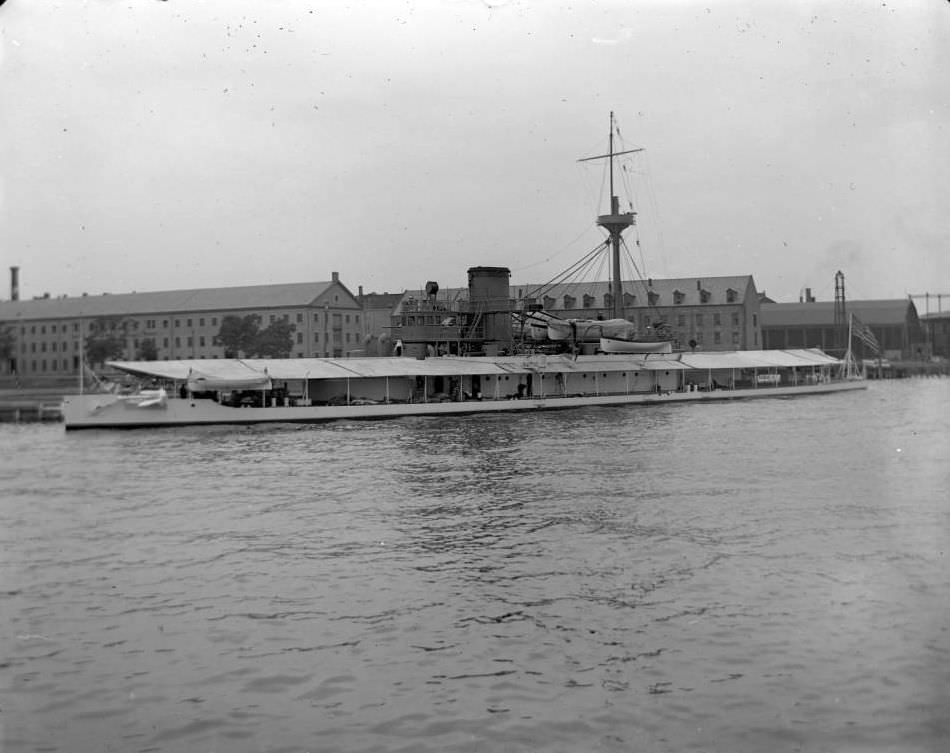
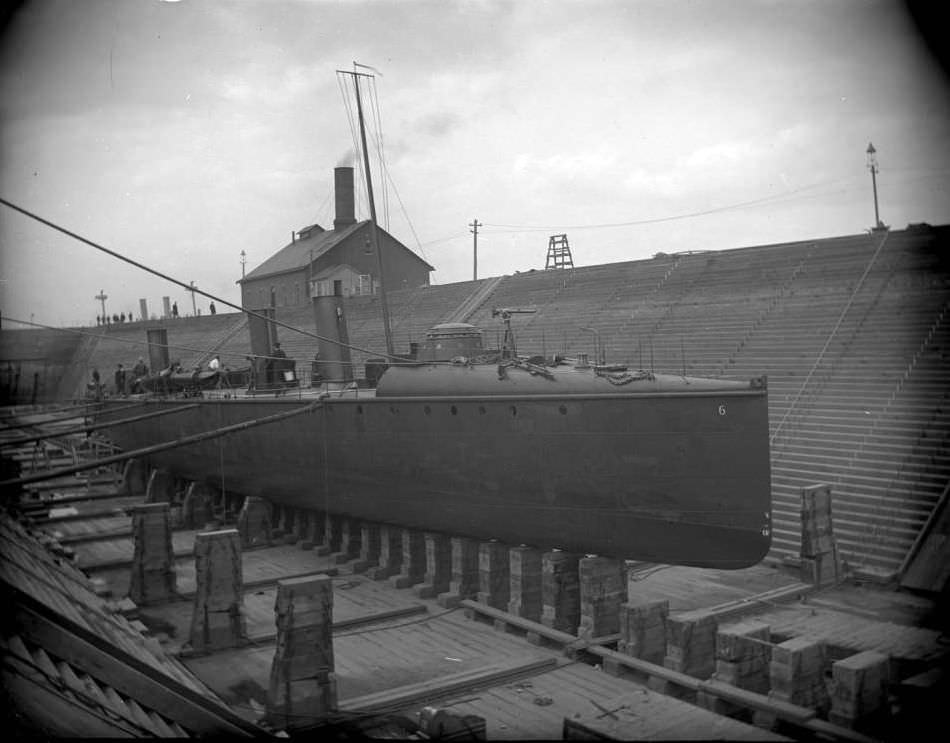
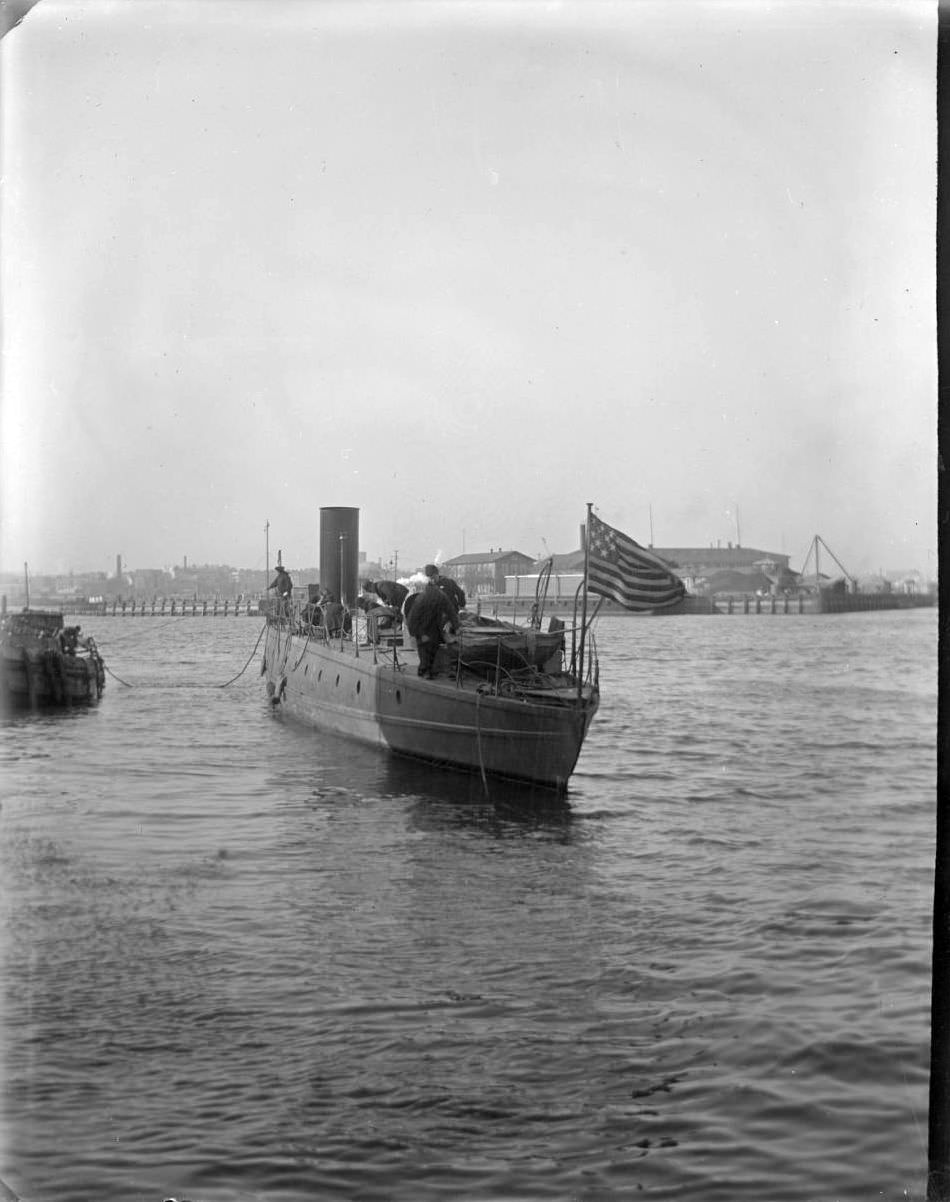
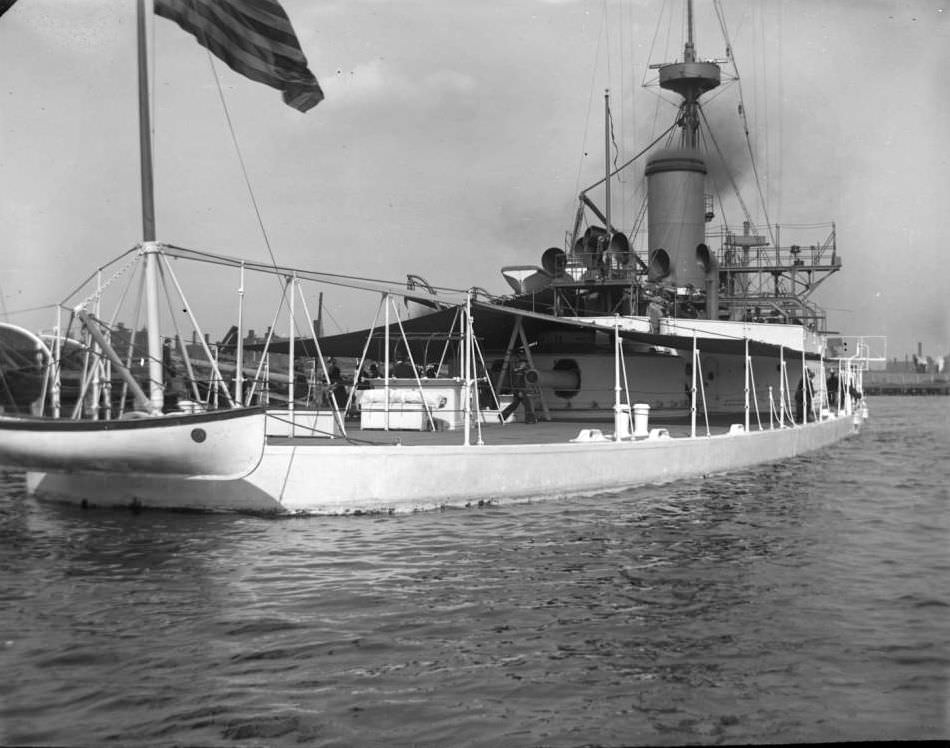
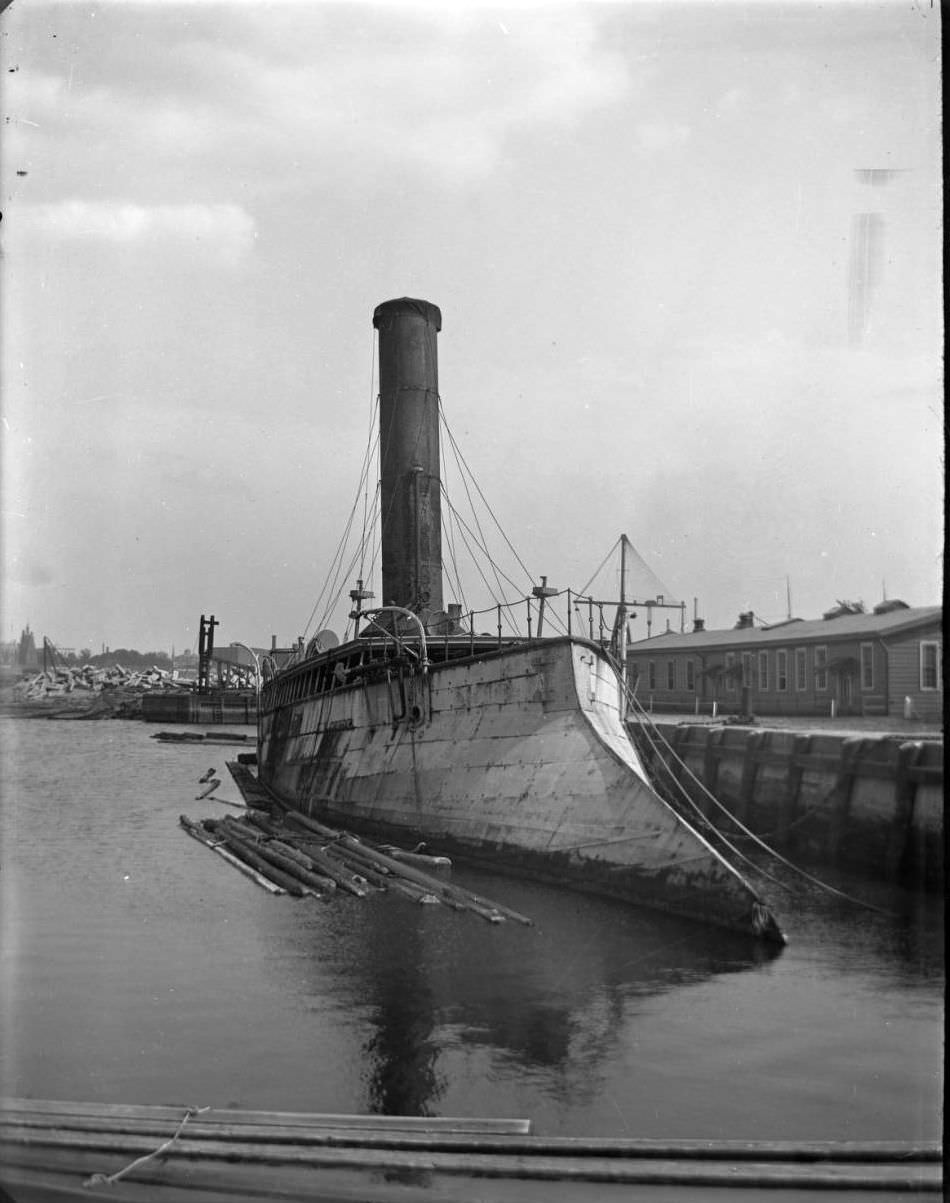
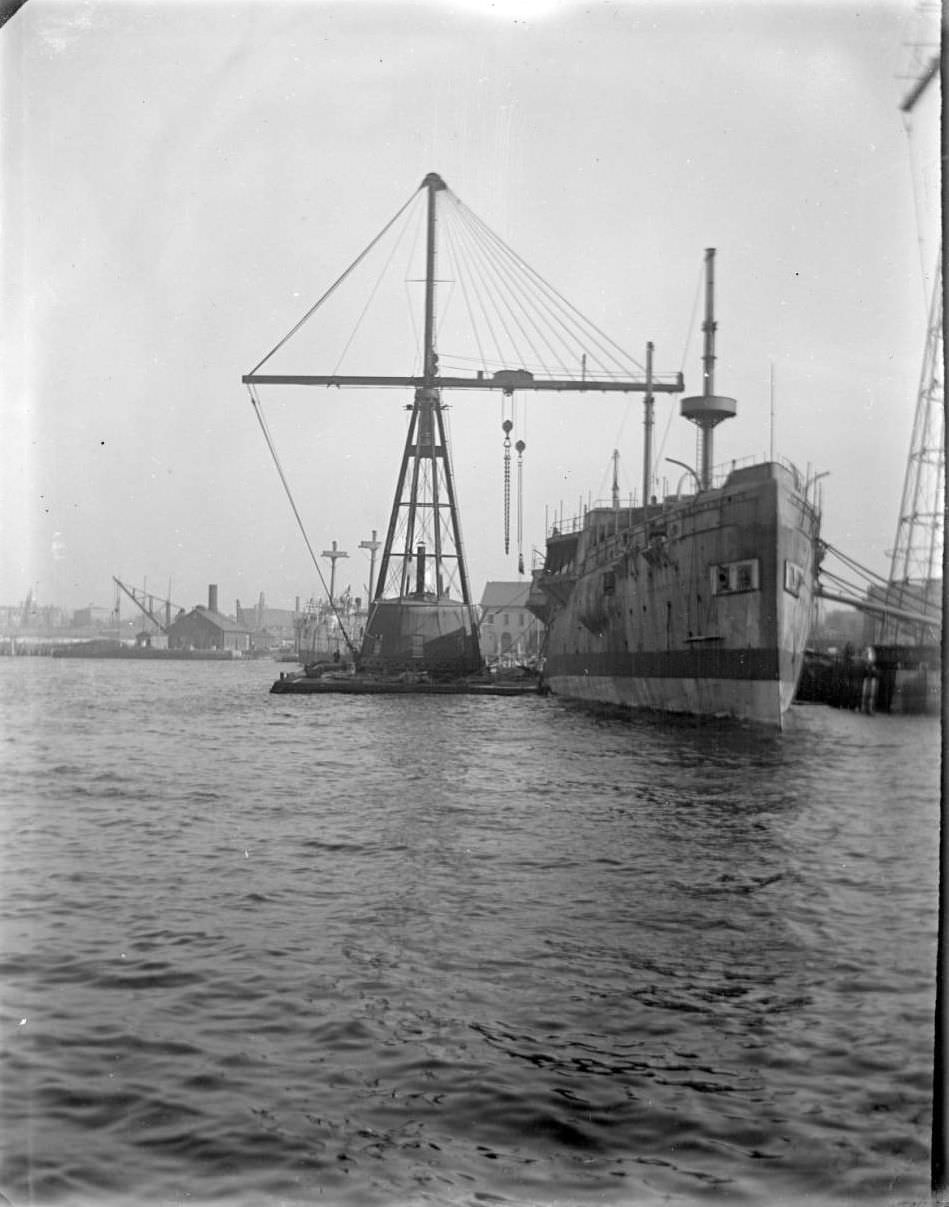
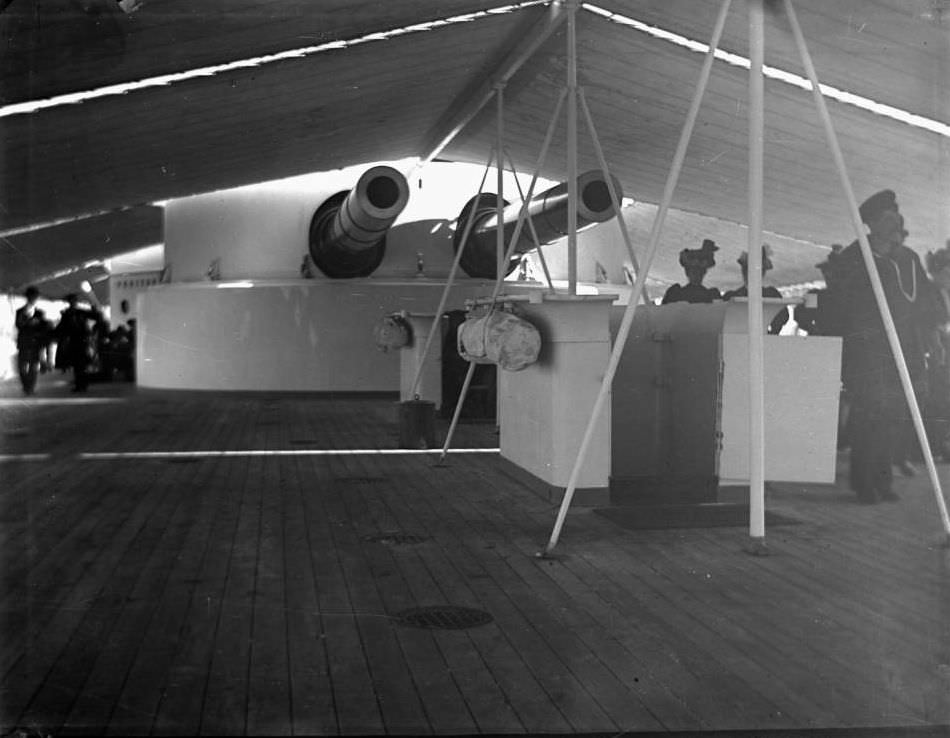
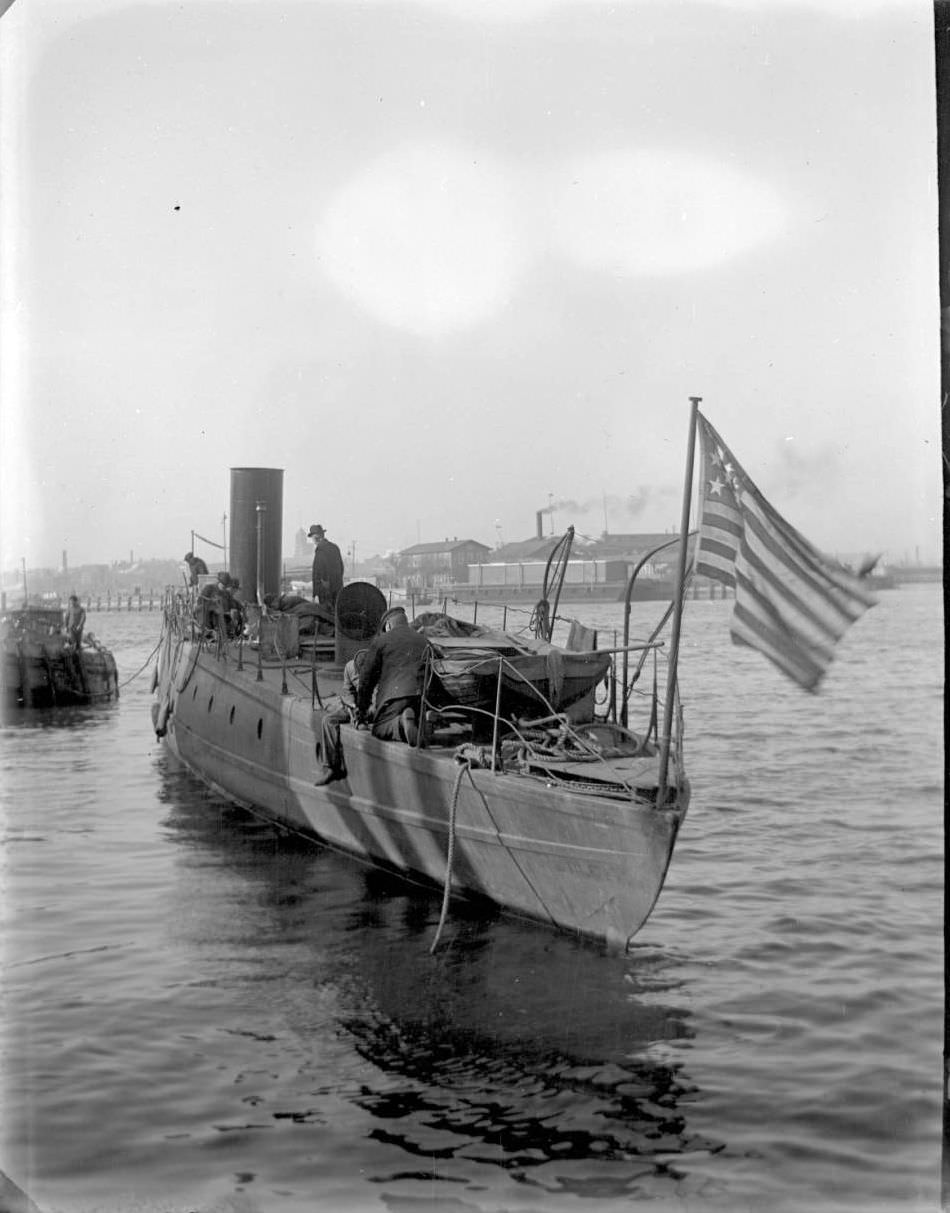
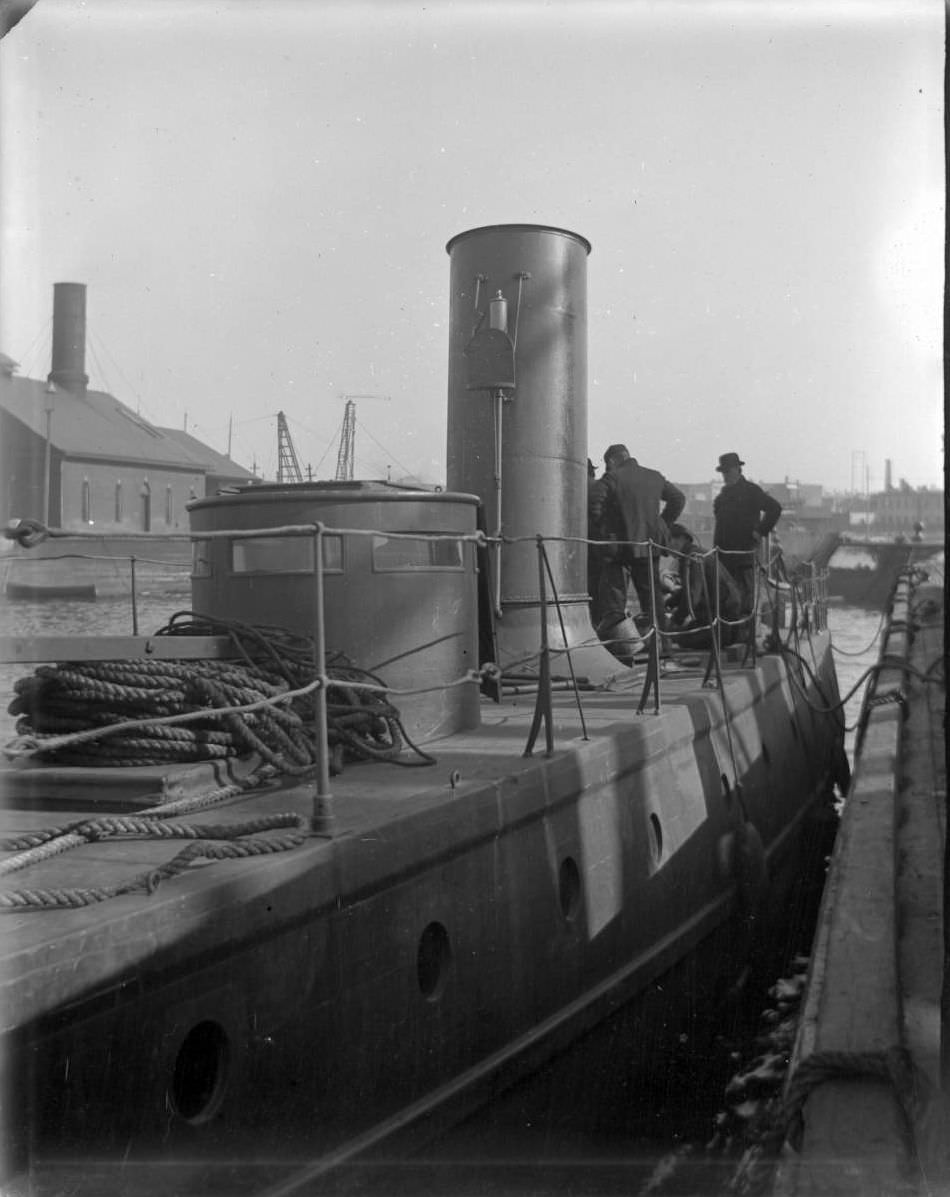
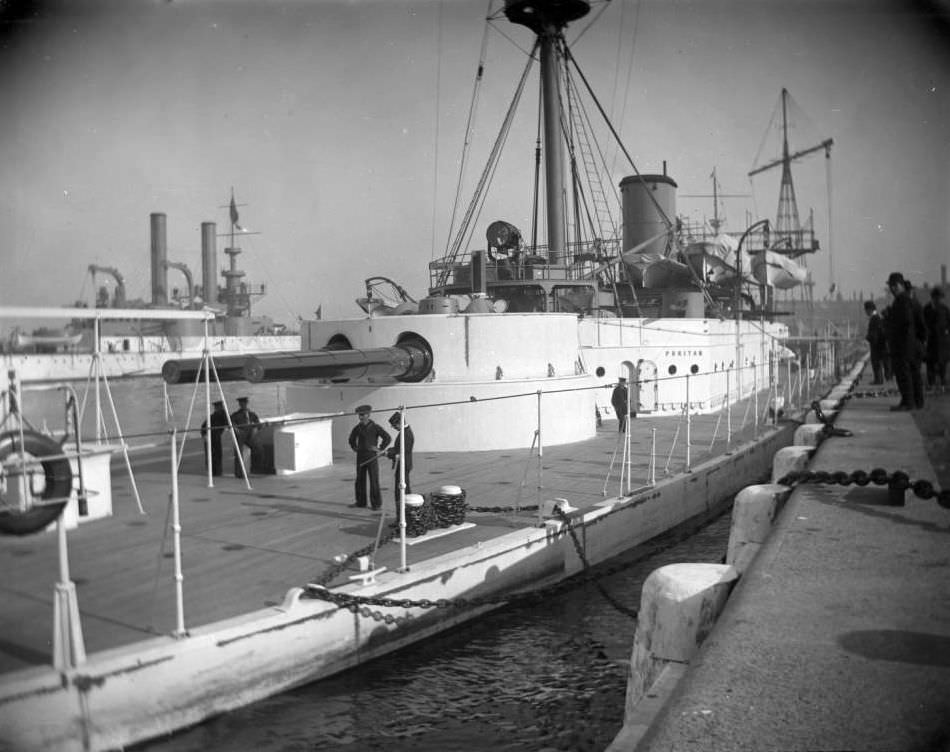
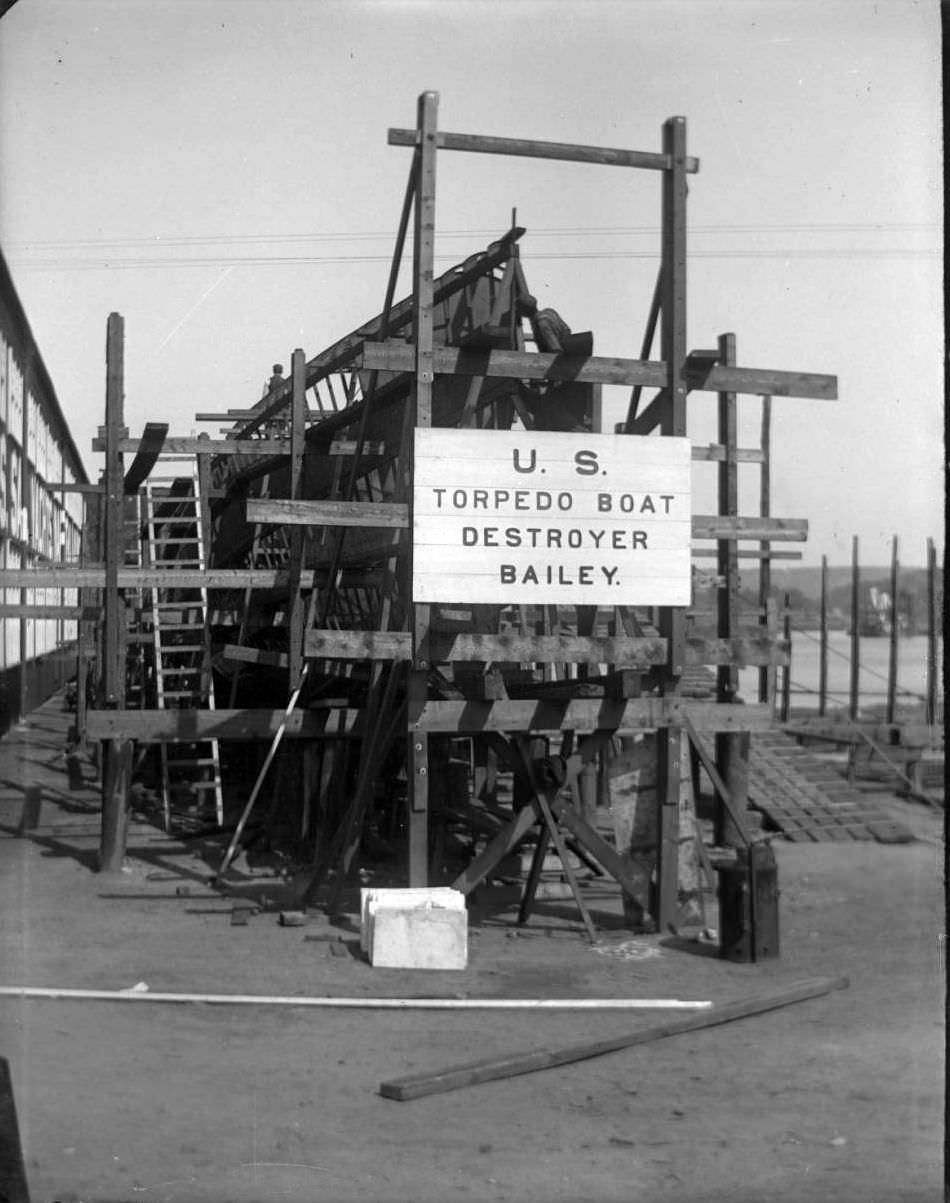
![Civilians On The Deck Of A Navy Ship [Visitors' Day?], Brooklyn Navy Yard, New York City, 1900S.](https://seeoldnyc.com/wp-content/uploads/2025/07/Beatleships_New_York_City_1900s_32.jpg)

GIPHY App Key not set. Please check settings